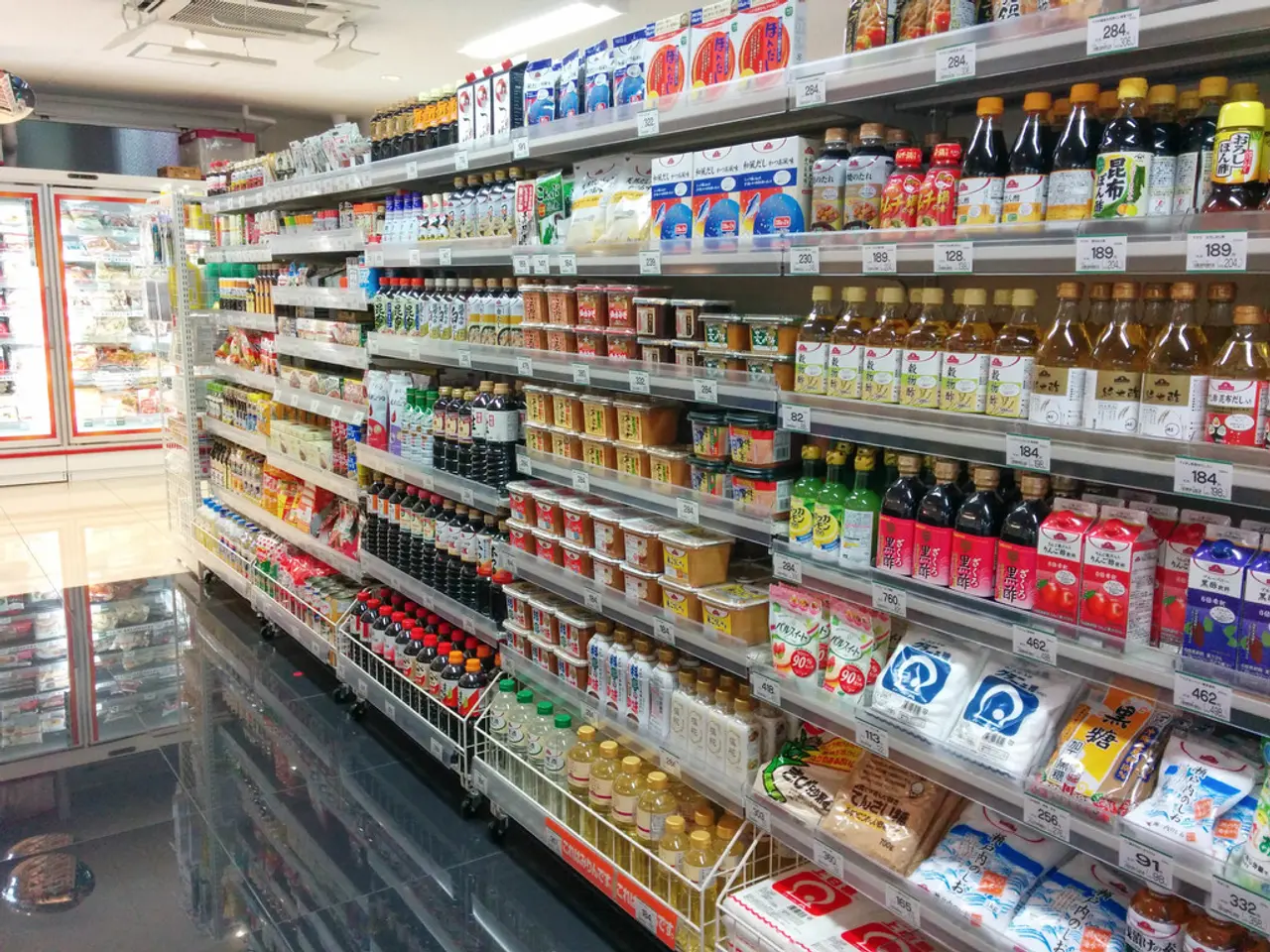Trump's Imposed Tariffs: An Analysis of Their Effects
In a significant move, United States President Donald Trump announced tariffs that will come into effect on August 1, 2025. The tariffs, which aim to enforce more "reciprocal" trade relationships, will impact nearly 70 trading partners, including countries with existing trade agreements with the US and those without.
The tariffs range from a minimum of 10% to a maximum of 41%, with Syria facing the highest rate. Other countries affected by high tariffs include Laos, Myanmar, and the European Union, which reached an agreement avoiding a 30% tariff on most products but still faces a 15% tariff.
India is subject to a 25% tariff, with an additional unspecified penalty tied to its purchases of Russian weapons and energy. Canada faces increased tariffs linked to its stance on Palestine, though Mexico is granted a delay on tariffs. The tariffs cover a broad array of goods imported from these countries, including agricultural, manufactured, and other industrial products.
Trump's tariffs have brought in revenue from higher duties paid by importers, generating $124bn between January 2 to July 25, 131 percent more than the same time last year. However, BBVA Research estimates that the current level of US tariffs could slow economic growth and reduce global GDP by more than 2 percentage points over the medium term.
Notably, the United Kingdom has granted the US duty-free beef quotas and a 1.4 billion litre ethanol quota. China's reciprocal tariffs have been slashed from 145% to 10%, with a 20% punitive tariff for fentanyl trafficking. A temporary pause for the final tariff rate has been extended until August 12.
The tariffs on Japan will be 15%, while those on the European Union and Brazil will be 50%. Japan has committed $550bn in investments targeting US industries such as semiconductors, AI, and energy. With the EU, the US secured $750bn in energy purchases and reduced tariffs on steel via a quota system.
However, the tariff adjustments and market access deals with the Philippines, Cambodia, and Vietnam have not been confirmed by those governments. The first-quarter earnings season saw automakers, airlines, and consumer goods importers take the worst hit by tariff threats. Import prices rose about 3 percent since March, small compared to headline tariff rates.
Economists agree that the impact of tariffs implemented so far has not been fully felt, as many businesses built up their stockpiles of inventories in advance to mitigate rising costs. The tariffs represent a significant escalation in US trade policy, and their long-term effects remain to be seen.
In a positive development, Indonesia has agreed to duty-free access for many US products and increased energy and agricultural imports. These developments underscore the ongoing complexity and dynamism of global trade relations.
References:
- Source 1
- Source 2
- Source 3
- Source 4
- The new tariffs imposed by President Trump will have a significant impact on world economics, potentially slowing economic growth and reducing global GDP over the medium term, according to BBVA Research.
- The tariffs, which range from 10% to 41%, have brought in additional revenue for the US, with $124bn generated between January 2 to July 25, marking a 131% increase compared to the same period last year.
- Trade policy between nations has become increasingly complex and dynamic, as seen by deals such as the UK providing duty-free beef quotas and a 1.4 billion litre ethanol quota to the US, and China reducing its reciprocal tariffs from 145% to 10%, with a 20% punitive tariff for fentanyl trafficking.
- In an attempt to foster more reciprocal trade relationships, President Trump's tariffs will affect nearly 70 trading partners, including countries like Japan (with a 15% tariff), the European Union (50%), and India (25%, with an additional penalty for purchases of Russian weapons and energy).




